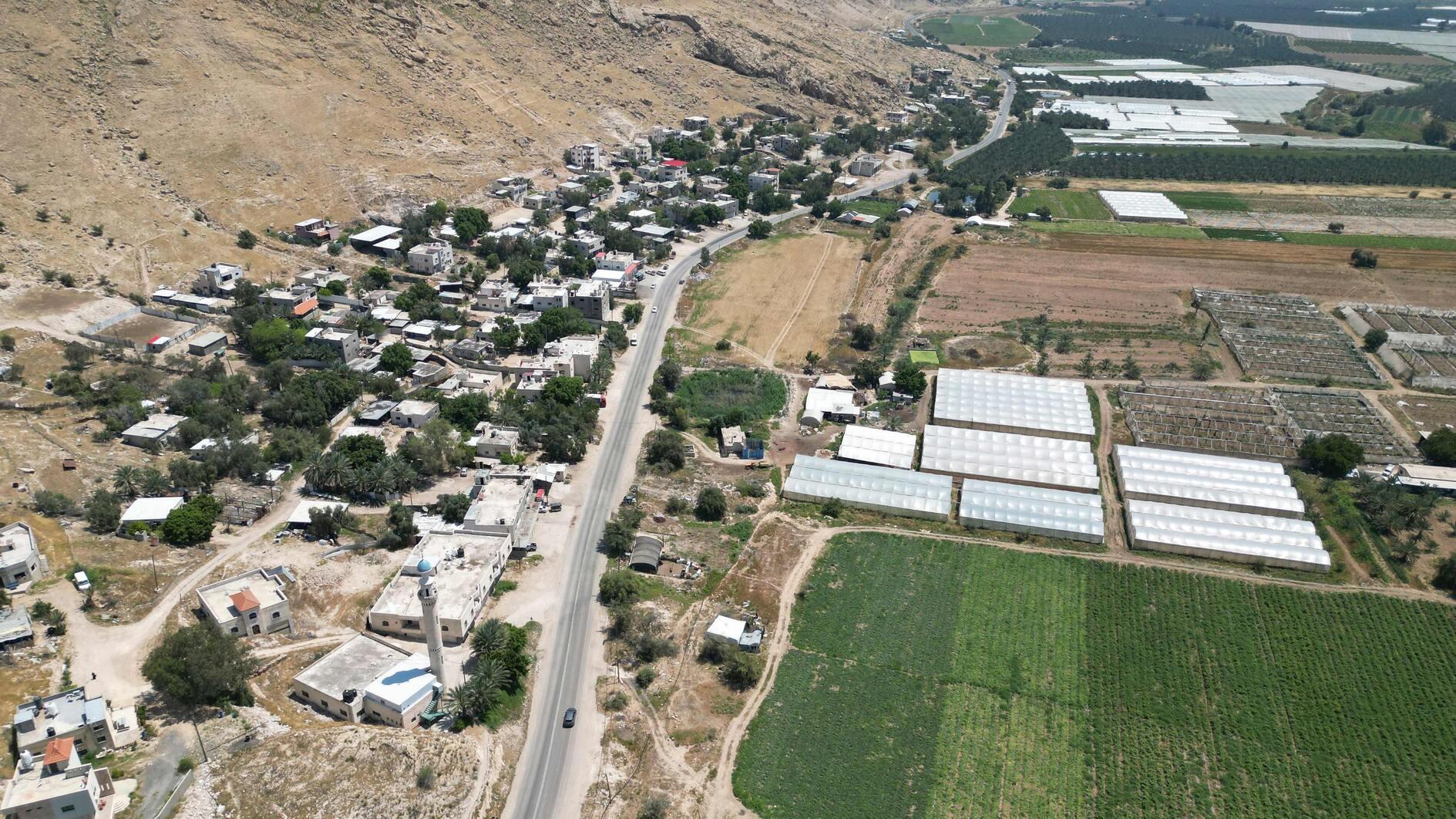Istanbul University unveils Türkiye’s largest cosmic ray detector
ISTANBUL

Istanbul University has successfully completed the construction process of Türkiye’s largest cosmic ray detector, named Mirya-1, which is considered an observatory and will follow solar movements.
Housed within a 12-meter-long ship container, this station includes a 2-meter-long radio spectrometer and electronic equipment, dedicated to tracking solar flares, along with a muon detector measuring 2 meters in length and 3 meters in width.
With this detector, measurements of energetic particles known as muons, generated as a result of various interactions of cosmic rays within the Earth's atmosphere, will be attainable.
The station is poised to monitor and analyze solar flares and cosmic rays, not only supporting space-related scientific endeavors in Türkiye and globally but also providing invaluable scientific data for safeguarding modern communication, navigation and energy systems susceptible to space weather threats. Additionally, this data will contribute to the security of space missions.
"This is a cosmic ray detector. As far as we know, it is the largest in the country. Our goal is to calculate and track the effects of the Sun on Earth through particles. Hence, we aim to monitor space weather. This is crucial because we rely on satellite technology for communication, electricity and satellite systems. Satellites can be significantly affected by space weather events such as solar flares. Currently, we are at the peak of the 11-year solar cycle, which is why we intend to activate the detector and commence monitoring as soon as possible," stated Prof. Dr. Tolga Güver, the director of the Istanbul University Observatory Research and Application Center.
Güver noted that the detector would be stationed not in Istanbul but at the Eastern Anatolia Observatory in Erzurum, situated at an elevation of 3,200 meters, adding that this strategic placement increases the likelihood of detecting a higher number of cosmic rays.
"The detector will also serve researchers in Türkiye engaged in solar physics and space weather. From here, we will endeavor to gain insights into space weather over time. Our radio antenna, on the other hand, has been established for monitoring solar activity," he added.
















